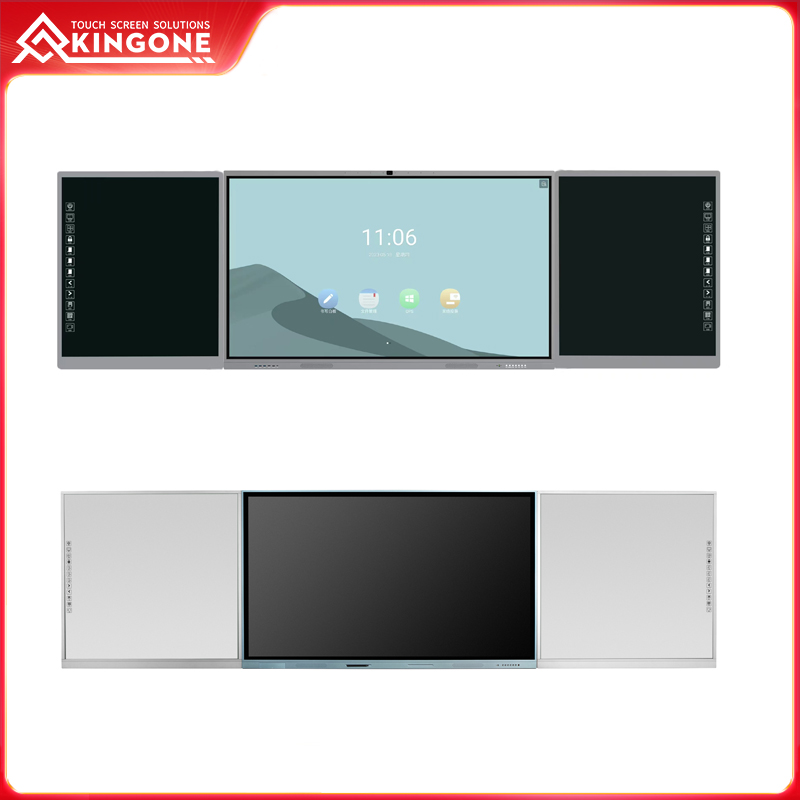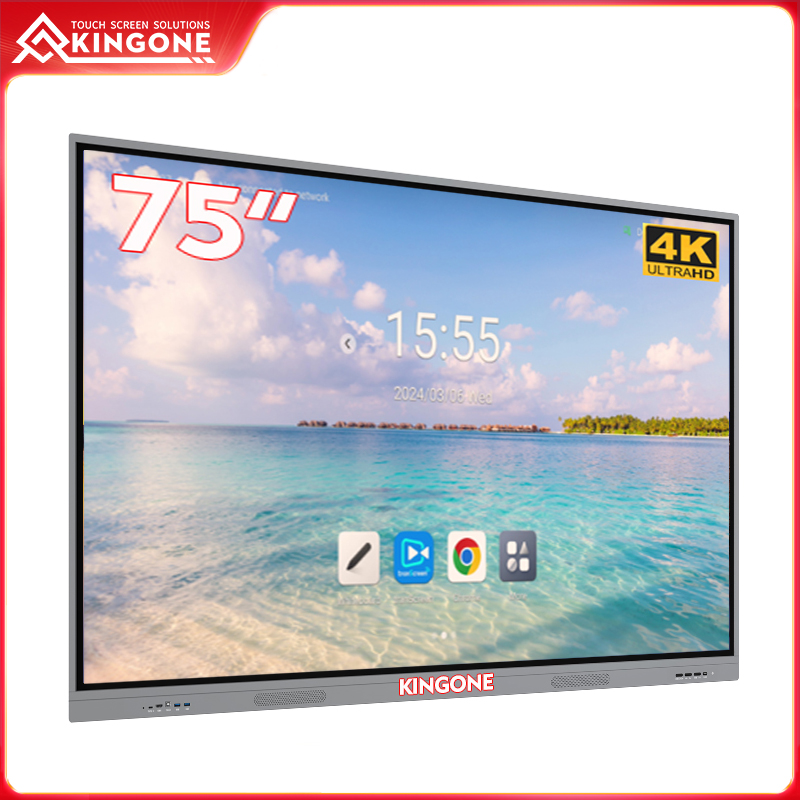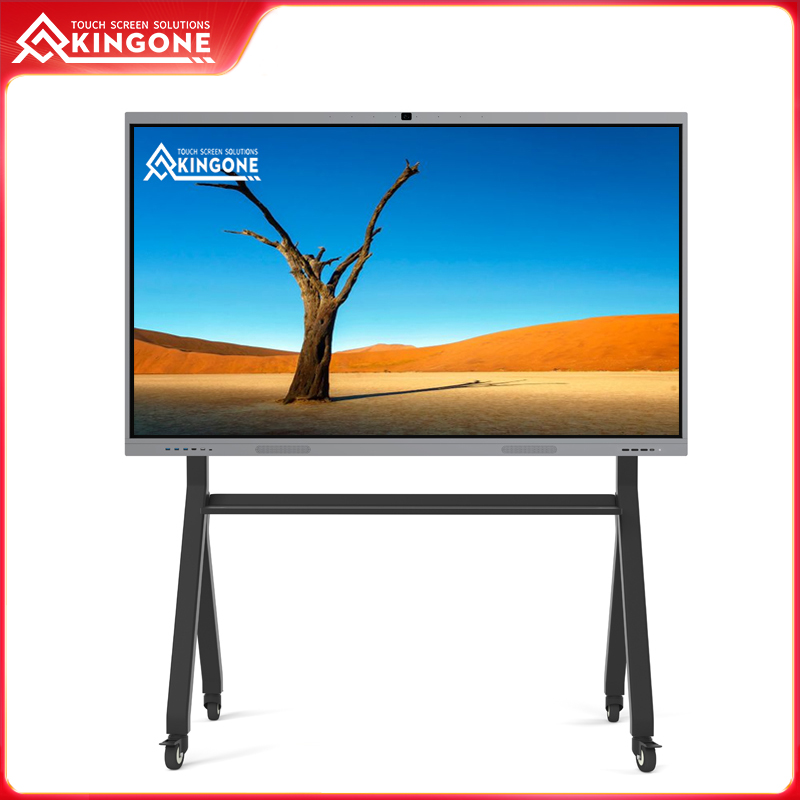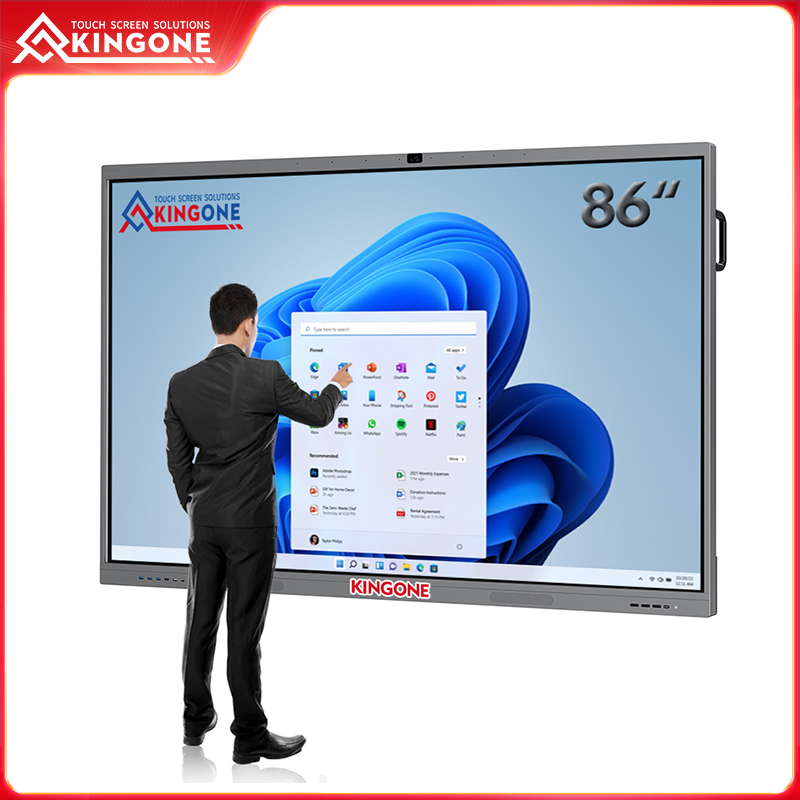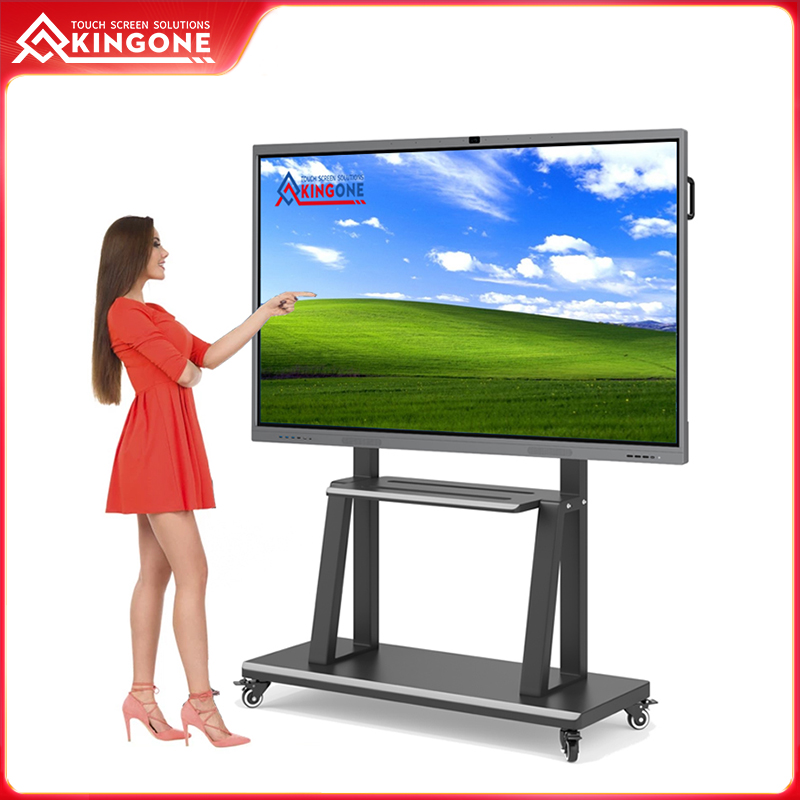What role do interactive whiteboards play in the modern classroom
Published:
2023-10-25 13:59:18
Interactive whiteboards have the potential to reshape the future of education, equipping students with the necessary skills and knowledge needed to thrive in an ever-evolving world.
Revolutionizing Education: The Emergence of Interactive Whiteboards in the Classroom
In the fast-paced digital era, technology has undeniably transformed various aspects of our lives, including education. Among the myriad of advancements, interactive touch screen board have emerged as an invaluable tool in modern classrooms. These interactive screens, connected to a computer or projector, enable teachers and students to engage in a collaborative and dynamic learning experience. By integrating various multimedia elements, interactive whiteboards have revolutionized traditional teaching methods, fostering a more interactive and immersive educational environment.
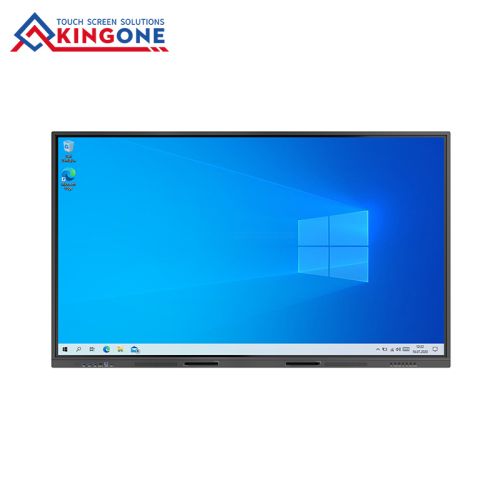
Enhancing Student Engagement and Participation
Interactive whiteboards play a pivotal role in increasing student engagement and participation within the classroom. By incorporating visually appealing graphics, videos, and interactive applications, teachers can capture the attention and interest of students more effectively. Moreover, interactive whiteboards facilitate active learning through interactive exercises and quizzes, enabling students to actively participate in the lesson by directly interacting with the content displayed on the board. This hands-on learning approach stimulates critical thinking, problem-solving skills, and creativity among students, resulting in enhanced information retention and academic performance.
Promoting Collaboration and Interaction
Collaboration and interaction are vital components of effective learning. Interactive touch screen board provide a platform for students to work together, brainstorm ideas, and actively participate in group activities. The interactive nature of these boards allows students to contribute and share their thoughts, fostering a cooperative and inclusive learning environment. Additionally, interactive whiteboards enable teachers to instantly assess student understanding and provide immediate feedback, creating a continuous feedback loop that enhances the learning process and promotes efficient knowledge transfer.
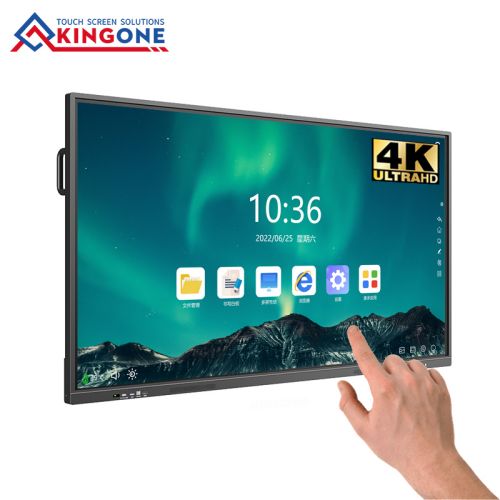
Facilitating Multisensory Learning
Research has proven that individuals learn through various senses, and multisensory approaches enhance the comprehension and retention of information. Interactive whiteboards integrate visual, auditory, and kinesthetic elements, accommodating different learning styles and preferences. Teachers can incorporate rich multimedia content such as educational animations, videos, and interactive simulations, catering to students with diverse learning needs. This multisensory learning experience stimulates student curiosity, encourages exploration, and strengthens their understanding of complex concepts.
Conclusion
In conclusion, interactive whiteboards have revolutionized the modern classroom by promoting student engagement, collaboration, and multisensory learning. These transformative tools have paved the way for innovative teaching methods, making education more interactive, stimulating, and effective. By harnessing the power of technology, interactive whiteboards have the potential to reshape the future of education, equipping students with the necessary skills and knowledge needed to thrive in an ever-evolving world.
 English
English

